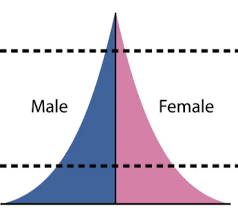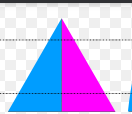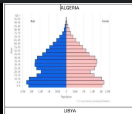DTM (demographic transition model) flashcards
1/28
Earn XP
Name | Mastery | Learn | Test | Matching | Spaced |
|---|
No study sessions yet.
29 Terms

what does DTM mean
demographic transition model (focus on birth/death rates)
what does ETM mean
epidemiological transition model
majority of human history happened in this stage (cave men)
stage 1
no countries are in this stage (hint: all grew up/advanced)
stage 1
very low growth in this stage, NIR (natural increase rate) very low (lots of death in general)
stage 1
crude birth rate is very high, crude death rate is very high —lots of death, low growth
stage 1

industrial revolution HAS to happen for a country to be in this stage
stage 2
advancements in tech, medicine
stage 2
cultural lag often happens in this stage, because of new medicine and technology
stage 2
high growth overall: high crude birth rate, crude death rate decline (advancements in medicine), high overall natural increase rate NIR
stage 2

crude birth rate declines, crude death rates continues to decline, natural increase rate is moderate (not high) —evening out=middle ground
stage 3
urbanization (more cities), mind changes/no cultural lag, no economic changes (hard to support larger families now)
stage 3
improved medicine & lower infant mortality rate (IMR) (decrease of natural increase rate)
stage 3
mostly LDC’s, semi periphery countries
stage 3

zero population growth, CBR, CDR, NIR all low
stage 4
urbanization (more people in cities) continues, women have more opportunities (less time for kids, now in workplace)
stage 4
even more less resources to benefit large family, very very low growth (basically zero)
stage 4
a TFR (total fertility rate) of 2.1 is replacement rate
stage 4

aging population, CBR remains low, CDR starts to increase
stage 5
only core countries in this stage
stage 5
has elderly support ratio: # of people— age 15-64 per one older person age 65 /older
stage 5